Home>Gardening & Outdoor>Landscaping Ideas>How To Lay Grass
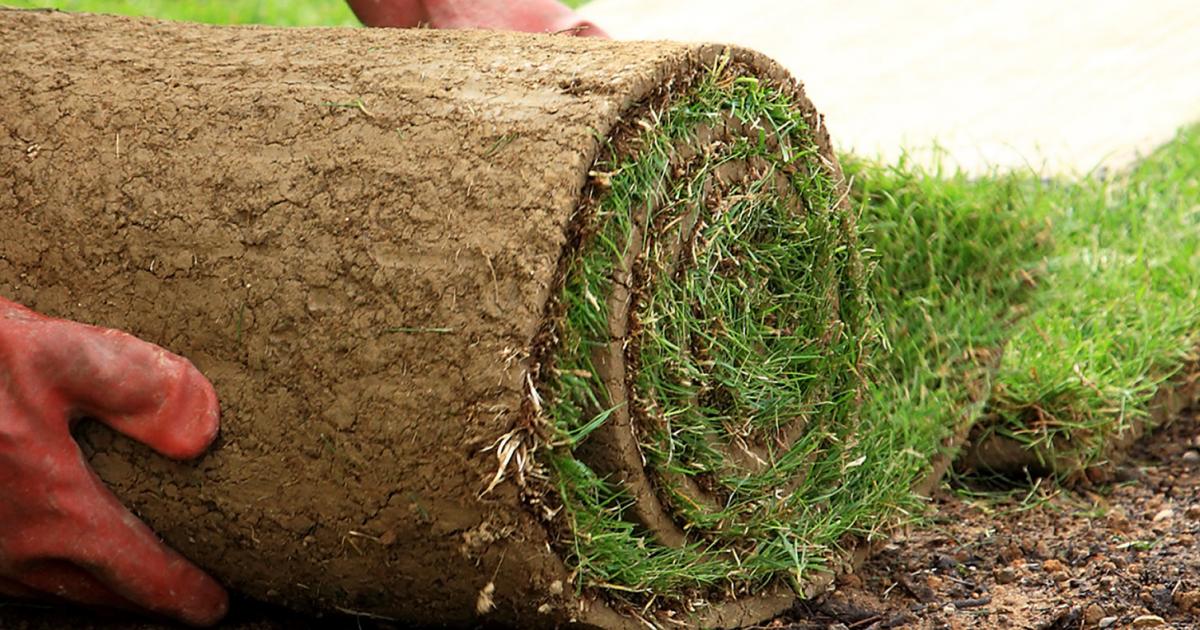

Landscaping Ideas
How To Lay Grass
Published: January 26, 2024
Learn how to lay grass with our expert landscaping ideas. Transform your outdoor space with our step-by-step guide.
(Many of the links in this article redirect to a specific reviewed product. Your purchase of these products through affiliate links helps to generate commission for Storables.com, at no extra cost. Learn more)
Introduction
Welcome to the wonderful world of landscaping! If you’re looking to transform your outdoor space into a lush, green paradise, then you’ve come to the right place. One of the most fundamental aspects of creating a beautiful lawn is knowing how to lay grass properly. Whether you’re starting from scratch or renovating an existing lawn, the process of laying grass requires careful planning, attention to detail, and a little bit of elbow grease. In this comprehensive guide, we’ll walk you through the essential steps to help you achieve the lawn of your dreams.
From preparing the soil to selecting the right grass variety, and from laying the turf to ongoing maintenance, we’ve got you covered. By the time you’ve finished reading this article, you’ll be equipped with the knowledge and confidence to tackle your grass-laying project like a seasoned landscaping pro. So, roll up your sleeves, put on your gardening gloves, and let’s get started on this exciting journey to a greener, more vibrant outdoor space!
Key Takeaways:
- Preparing the soil is crucial for laying grass. Clear debris, test soil quality, and ensure proper drainage. This sets the stage for a healthy, thriving lawn.
- Choosing the right grass is key. Consider climate, sunlight, use, and maintenance needs. This ensures a vibrant, resilient lawn that suits your unique outdoor space.
Read more: How To Lay Artificial Turf Grass
Step 1: Preparing the Soil
Before you can lay down a luscious carpet of grass, it’s crucial to prepare the soil to create an optimal environment for healthy growth. Start by clearing the area of any debris, rocks, or existing vegetation. Use a shovel or a sod cutter to remove old grass, and take the time to pull out any weeds that may have taken root. This initial step sets the stage for a fresh start and ensures that your new grass will have the best possible chance to thrive.
Once the area is cleared, it’s time to assess the quality of the soil. Test the pH levels and nutrient content to determine if any amendments are needed. Adding organic matter, such as compost or well-rotted manure, can improve soil structure and fertility, providing a solid foundation for your grass to establish strong roots. Consider using a rototiller to mix in the amendments evenly and at the appropriate depth.
Proper soil compaction is another critical factor in preparing the ground for grass installation. Use a lawn roller to create a firm, level surface, which will help prevent uneven settling and promote uniform growth. Avoid overcompacting the soil, as this can hinder water and nutrient absorption, leading to poor grass development.
Lastly, take into account the drainage of the area. Address any drainage issues by incorporating grading or installing drainage systems, if necessary, to prevent water from pooling on the surface. Good drainage is essential for the health of your grass, as standing water can suffocate the roots and create an environment conducive to disease.
By meticulously preparing the soil, you’re laying the groundwork for a successful grass installation. Taking the time to get this step right will pay off in the long run, ensuring that your new lawn has the best possible start and a solid foundation for healthy growth.
Step 2: Choosing the Right Grass
When it comes to selecting the perfect grass for your lawn, there are several factors to consider, each of which can significantly impact the overall look and performance of your outdoor space. Climate, sunlight exposure, intended use, and maintenance preferences all play a role in determining the most suitable grass variety for your specific needs.
Start by researching the types of grass that thrive in your local climate. Some grasses are better suited to cooler northern regions, while others are more tolerant of the heat and humidity found in southern climates. Consider factors such as average temperatures, rainfall patterns, and seasonal fluctuations to identify grass species that are well-adapted to your area.
Next, assess the sunlight exposure in your lawn area. Different grass species have varying light requirements, with some thriving in full sun and others tolerating partial or even full shade. Take note of any trees, buildings, or other structures that may cast shadows over the lawn throughout the day, as this will help you determine the appropriate grass type for the light conditions present in your yard.
Consider the intended use of your lawn when choosing a grass variety. If you have children or pets who will be playing on the grass regularly, look for a durable, resilient turfgrass that can withstand heavy foot traffic and recover quickly from wear and tear. Alternatively, if your lawn is primarily for ornamental purposes, you may prioritize aesthetic qualities such as color, texture, and uniformity.
Lastly, think about your maintenance preferences and the level of care you’re willing to invest in your lawn. Some grasses require more frequent mowing, watering, and fertilization, while others are more low-maintenance. By aligning the grass variety with your maintenance capabilities and preferences, you can set yourself up for a successful and enjoyable lawn care experience.
By carefully considering these factors, you can narrow down the options and choose a grass variety that is ideally suited to your unique circumstances. Selecting the right grass sets the stage for a vibrant, healthy lawn that will bring you joy and satisfaction for years to come.
Before laying grass, make sure to prepare the soil by removing any debris and weeds. Level the area and add a layer of topsoil. Lay the grass in a staggered pattern to avoid gaps. Water the grass immediately after laying to help it establish.
Step 3: Laying the Grass
With the soil prepared and the perfect grass variety selected, it’s time to bring your vision of a lush, green lawn to life by laying the turf. Whether you’re working with sod or seed, the process of establishing a new lawn requires careful attention to detail and a methodical approach to ensure successful results.
If you’ve opted for sod, start by unrolling the strips of turf along the longest straight edge of your lawn area. Stagger the seams as you lay each piece to create a more natural and stable appearance. Use a sharp knife to trim the edges and fit the sod snugly against sidewalks, flower beds, and other boundaries. Avoid stretching the sod, as this can lead to gaps and uneven growth.
For seeding, prepare the soil by raking it to create a smooth, level surface. Broadcast the grass seed evenly using a spreader, and then gently rake the seeds into the soil to ensure good seed-to-soil contact. Consider covering the seeded area with a thin layer of mulch or straw to protect the seeds from birds and excessive sunlight while they germinate.
After laying the sod or seeding the area, it’s crucial to water the grass thoroughly. Keep the soil consistently moist but not waterlogged to support germination and establishment. Depending on the grass variety, you may need to water multiple times per day for short durations to keep the soil surface consistently damp during the initial growth phase.
As the grass begins to take root and establish itself, monitor its progress closely. Avoid walking on newly laid sod or seeded areas, as this can disrupt the delicate germination process. Gradually introduce light foot traffic once the grass has become established and is showing healthy growth, typically after a few weeks.
By following these steps and giving your newly laid grass the care and attention it needs, you’ll soon be rewarded with a vibrant, verdant lawn that enhances the beauty of your outdoor space. With patience and proper maintenance, your new grass will flourish and provide you with a luxurious carpet of green for years to come.
Step 4: Watering and Maintenance
Once the grass is laid and the initial establishment phase is underway, proper watering and maintenance are essential to ensure the long-term health and beauty of your lawn. Consistent and appropriate care will help the grass develop strong roots, resist disease, and maintain its lush appearance throughout the seasons.
Watering is a critical aspect of lawn care, especially during the early stages of grass establishment. After laying sod or seeding, it’s important to keep the soil consistently moist to support germination and root development. As the grass matures, adjust your watering routine based on the specific requirements of the grass variety and the prevailing weather conditions.
When watering your lawn, aim for deep, infrequent watering rather than frequent shallow watering. This encourages the grass roots to grow deeper into the soil, making them more resilient and better able to withstand drought conditions. Early morning is often the best time to water, as it allows the grass to dry before evening, reducing the risk of fungal diseases.
Regular maintenance tasks, such as mowing, fertilizing, and aerating, are vital for keeping your lawn in top condition. Set your mower blade to the appropriate height for your grass variety, and avoid cutting more than one-third of the grass blade length at a time to prevent stress and damage. Fertilize your lawn according to the specific needs of your grass, taking into account factors such as soil fertility, grass type, and seasonal requirements.
Aerating the soil helps alleviate compaction and improves air, water, and nutrient penetration to the grass roots. Consider aerating your lawn annually, especially if it experiences heavy foot traffic or shows signs of compacted soil. Overseeding can also rejuvenate thin or patchy areas, promoting a denser and more uniform lawn.
Regularly inspect your lawn for signs of pests, diseases, or nutrient deficiencies, and take prompt action to address any issues that arise. By staying proactive and attentive to the needs of your grass, you can maintain a healthy and vibrant lawn that enhances the beauty of your outdoor space for years to come.
By following a consistent watering and maintenance routine, you can help your grass thrive and create a lush, inviting outdoor environment that you can enjoy year-round.
Read more: How To Lay Lawn Turf
Conclusion
Congratulations on embarking on the journey to create a stunning, vibrant lawn! By following the essential steps outlined in this guide, you’ve gained valuable insights into the art of laying grass and nurturing it to maturity. From meticulously preparing the soil to selecting the perfect grass variety, and from laying the turf with care to providing ongoing maintenance, you’ve set the stage for a flourishing and picturesque outdoor space.
As you’ve learned, the process of laying grass is a labor of love that requires attention to detail, patience, and a deep understanding of the needs of your chosen grass variety. By preparing the soil thoughtfully, choosing the right grass, and following best practices for installation and care, you’ve taken the crucial first steps toward establishing a healthy and resilient lawn that will bring joy and beauty to your home for years to come.
Remember that successful lawn care is an ongoing commitment. By maintaining a consistent watering and maintenance routine, you can ensure that your grass continues to thrive, resisting disease, withstanding environmental challenges, and providing a lush, inviting backdrop for your outdoor activities and relaxation.
As you watch your grass grow and flourish, take pride in the dedication and care you’ve invested in creating a beautiful outdoor space. Whether you’re hosting gatherings, playing with your children, or simply enjoying the tranquility of your backyard, your lush, green lawn will serve as a testament to your landscaping prowess and your commitment to nurturing natural beauty.
So, as you step back and admire the fruits of your labor, take a moment to revel in the satisfaction of knowing that your efforts have transformed a patch of earth into a thriving, vibrant oasis. Your carefully laid grass is not just a lawn—it’s a living, breathing testament to your passion for creating a welcoming and harmonious outdoor environment.
With the knowledge and skills you’ve acquired, you’re well-equipped to continue caring for your grass, ensuring that it remains an enduring source of pride and enjoyment. As the seasons unfold and your lawn evolves, may it stand as a testament to the beauty that can be achieved through dedication, patience, and a touch of green-thumb magic.
Frequently Asked Questions about How To Lay Grass
Was this page helpful?
At Storables.com, we guarantee accurate and reliable information. Our content, validated by Expert Board Contributors, is crafted following stringent Editorial Policies. We're committed to providing you with well-researched, expert-backed insights for all your informational needs.

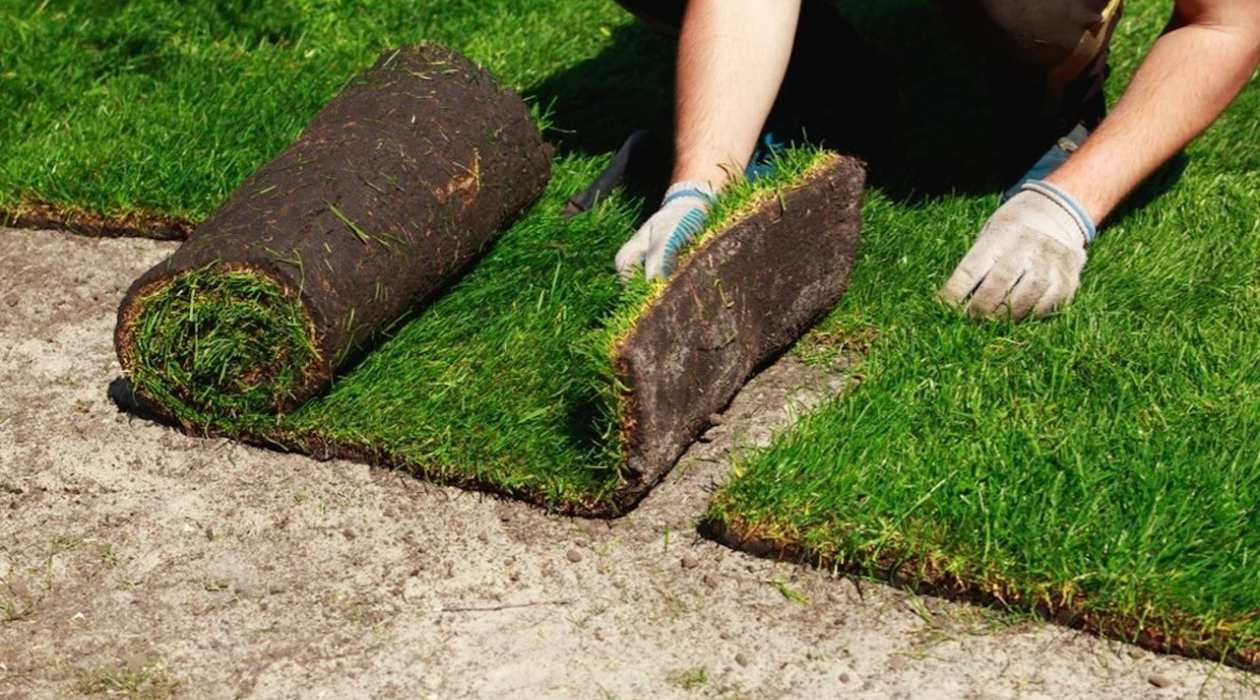

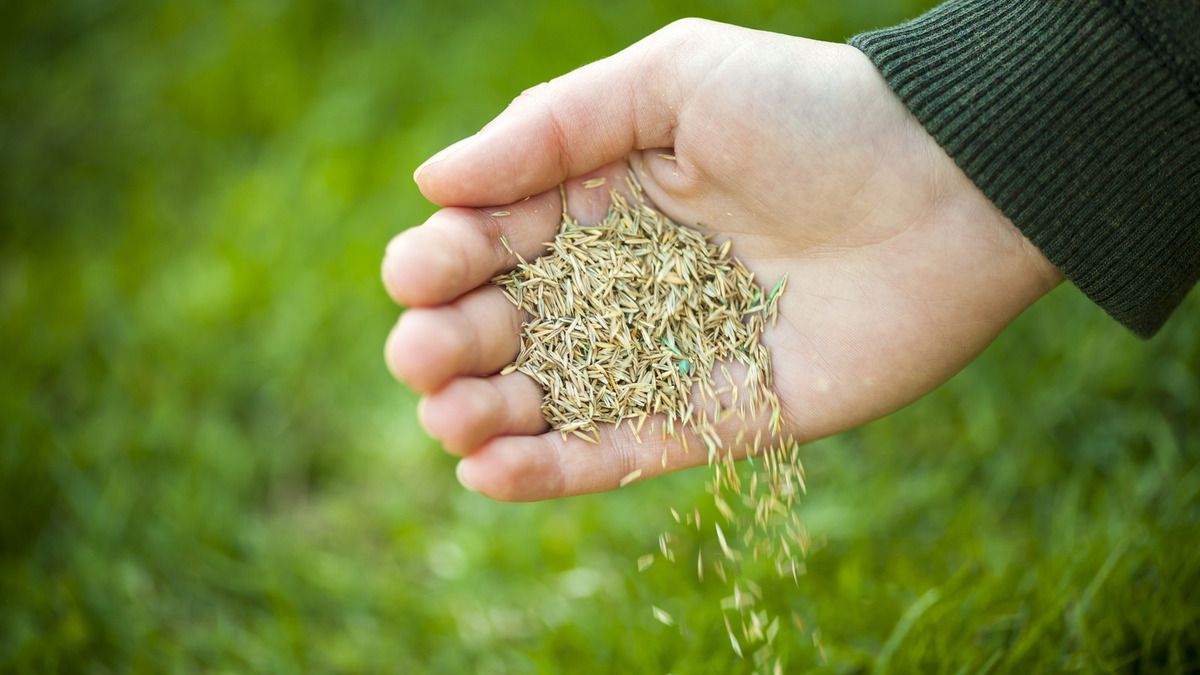
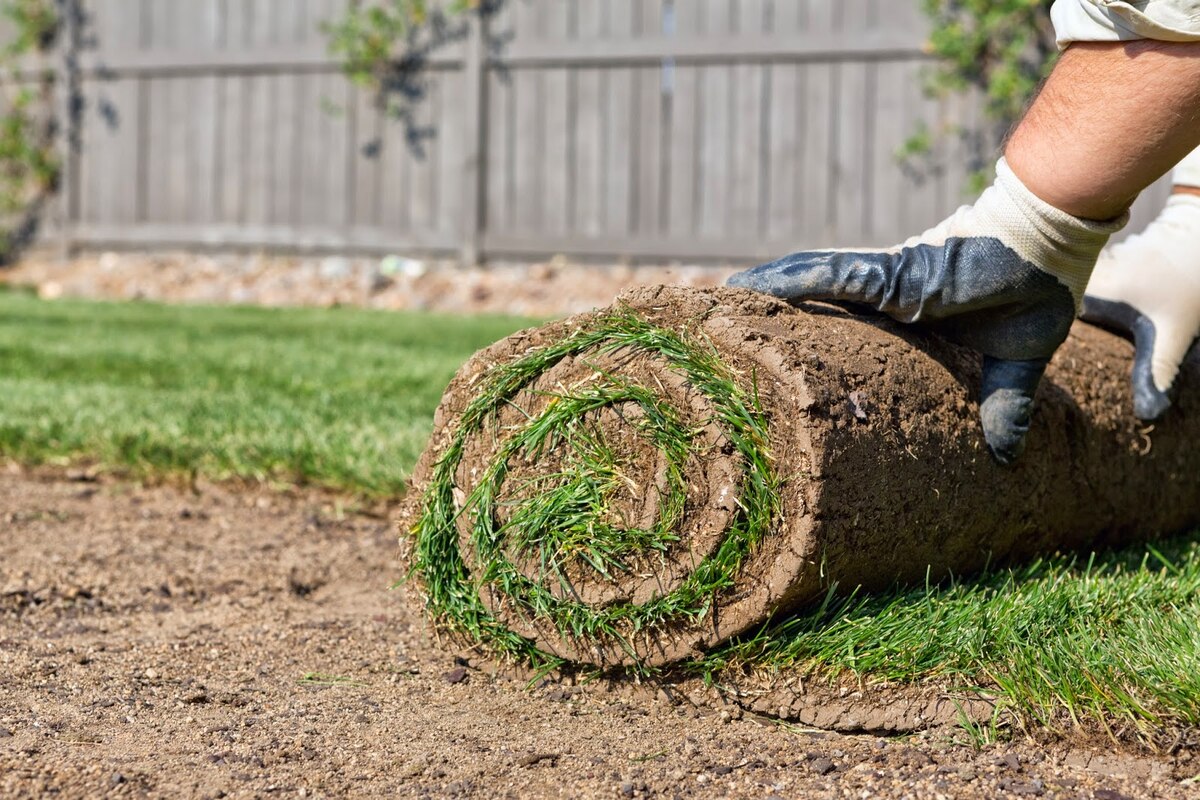
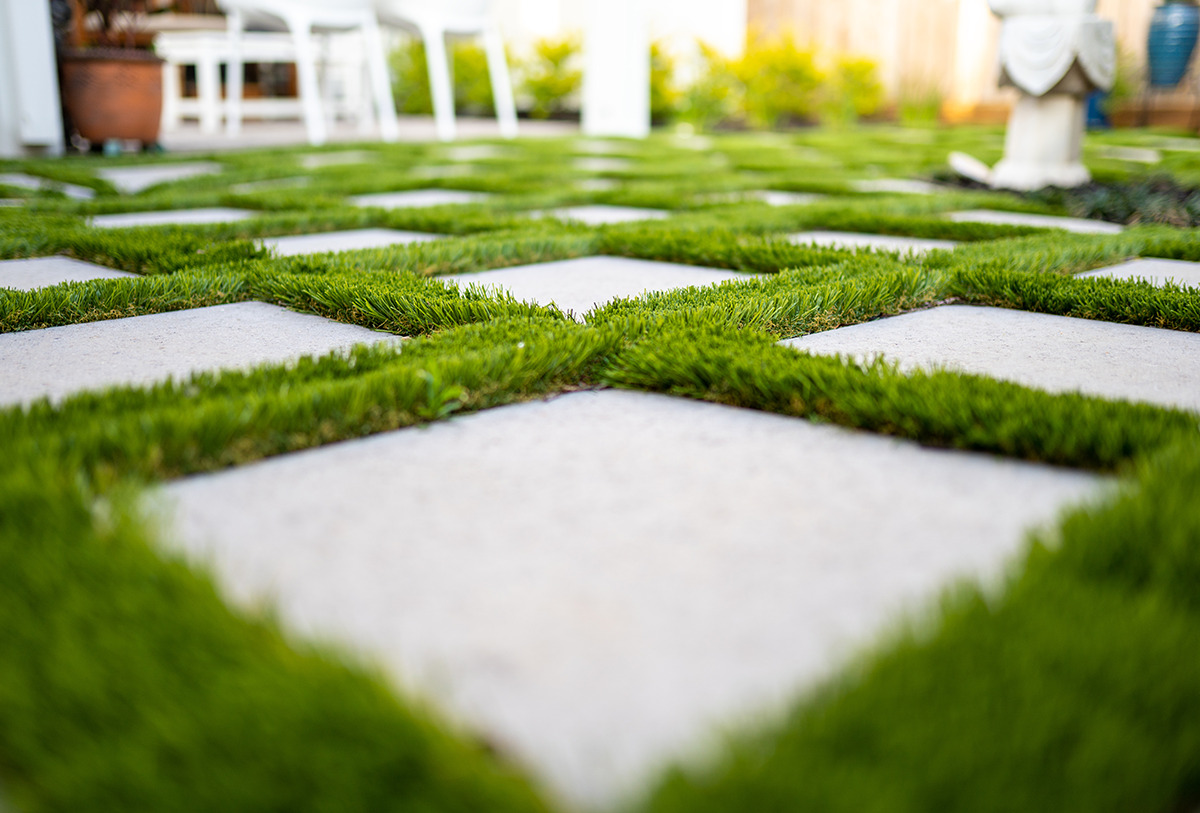
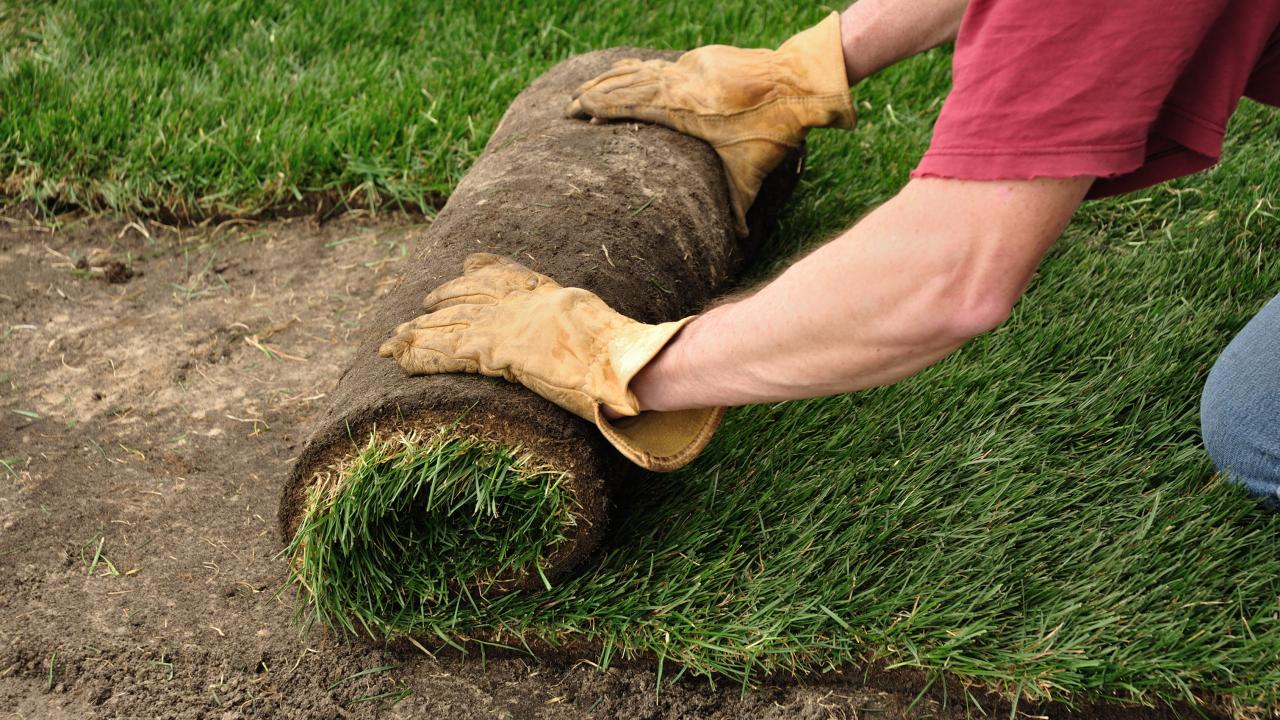


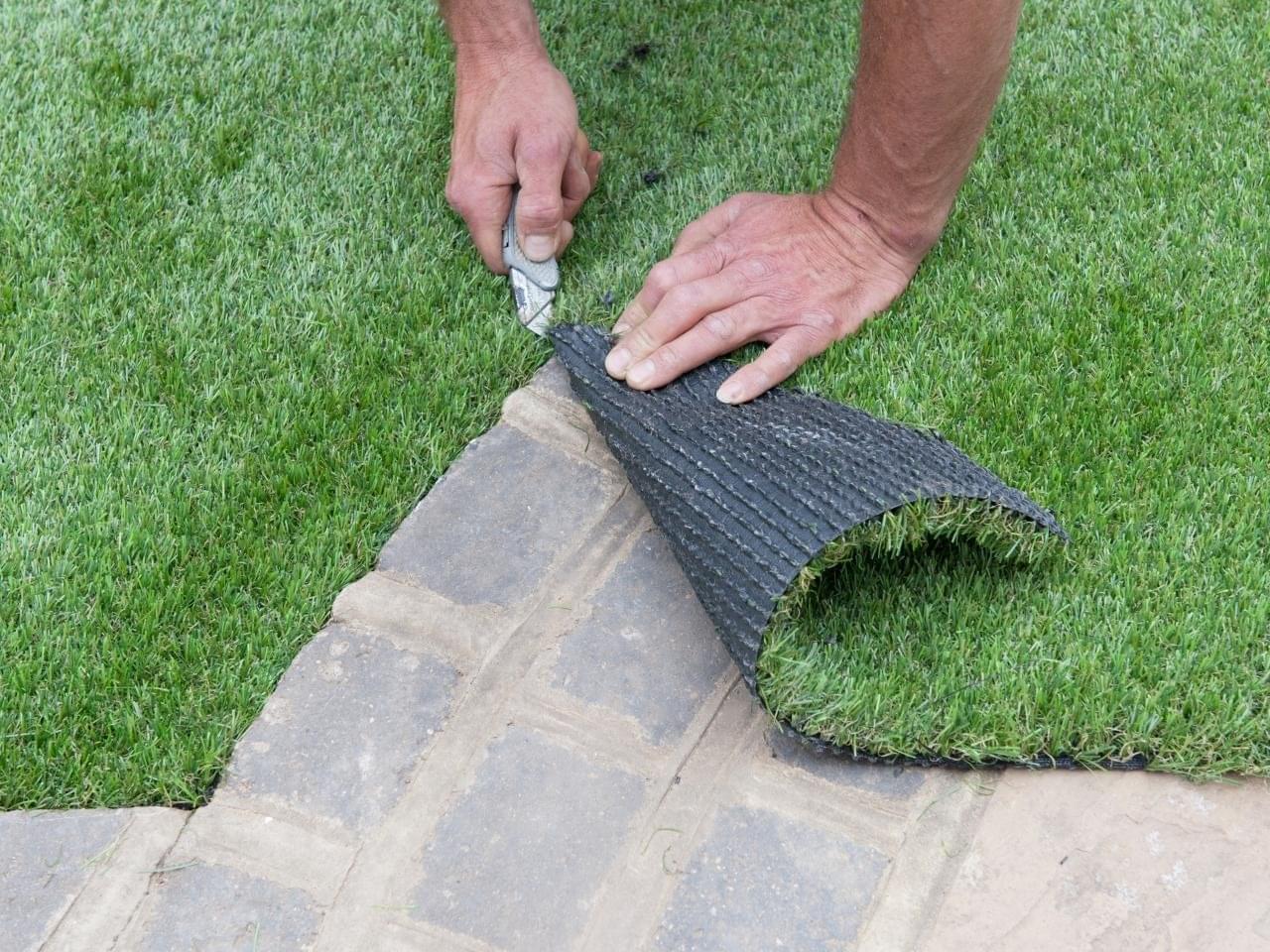

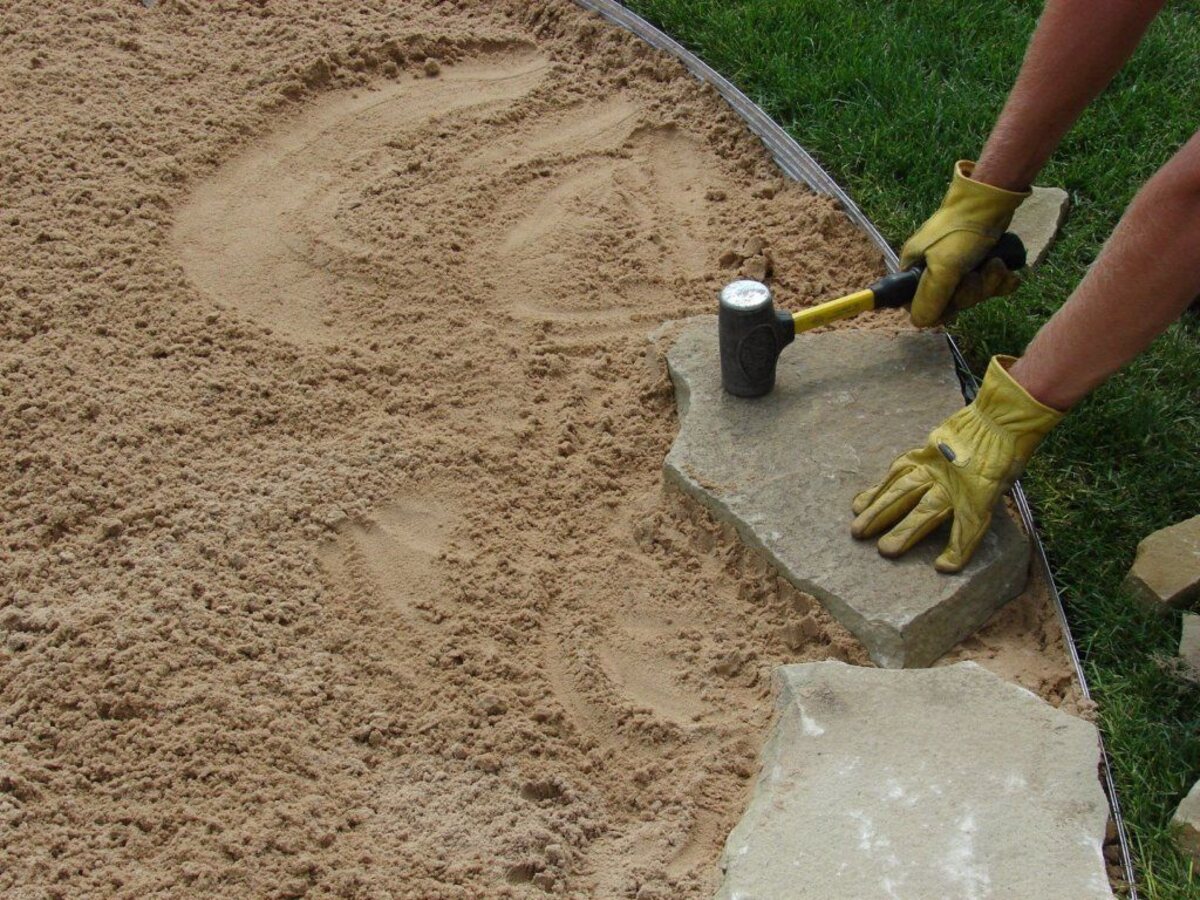



0 thoughts on “How To Lay Grass”